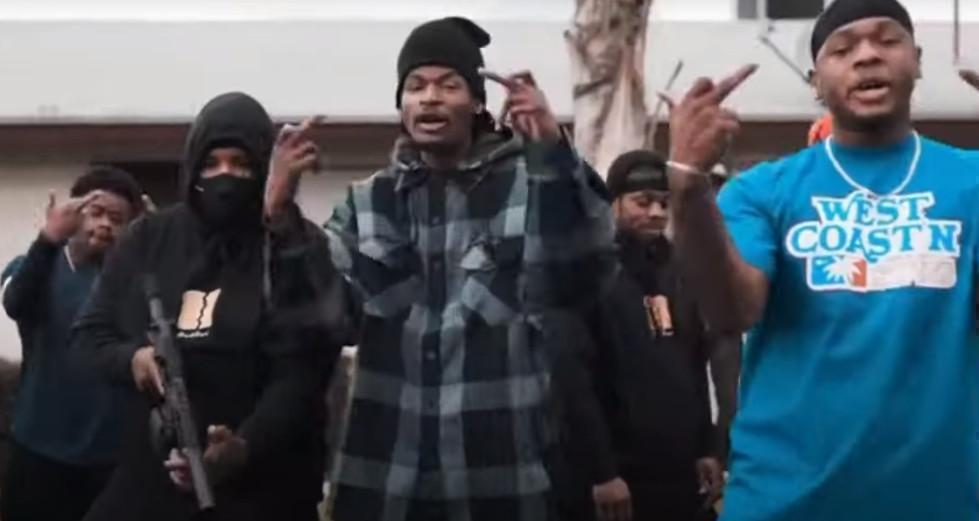

- Ref # CAB00202
- March 25, 2023
New Evidence Code section on “Creative Expression” could open floodgates on old cases.
CASE LAW ALERT
By Ray Hill
Professor Emeritus, Santa Rosa Junior College
Ruling and Issue
Retroactivity – A 2000 murder case is remanded for retrial to reevaluate the introduction of creative expression evidence (352.2 E.C.).
People v. Venable (2023) 88 Cal. App. 5th 445.
A 2023 Evidence Code statute (352.2 E.C) and a recent case decision have created a new twist in the introduction of “creative expression” as evidence in court. In this case, the introduction of a rap video posted on the video sharing platform “YouTube” in a murder prosecution.
Case Background
Evidence Code 352 permits a judge to disallow the introduction of evidence if it is deemed too prejudicial, inflammatory, repetitive, or time-consuming for the jury to hear.
Examples:
Exceptionally gruesome or misleading photographs may be excluded because of their potentially inflammatory nature (352 E.C.)
-
The defendant was charged with possessing a machine gun. At trial, a photograph was introduced showing this weapon along with a dozen other legal guns and knives that were recovered. The photograph misled the jury by displaying weapons not relevant to the ....







